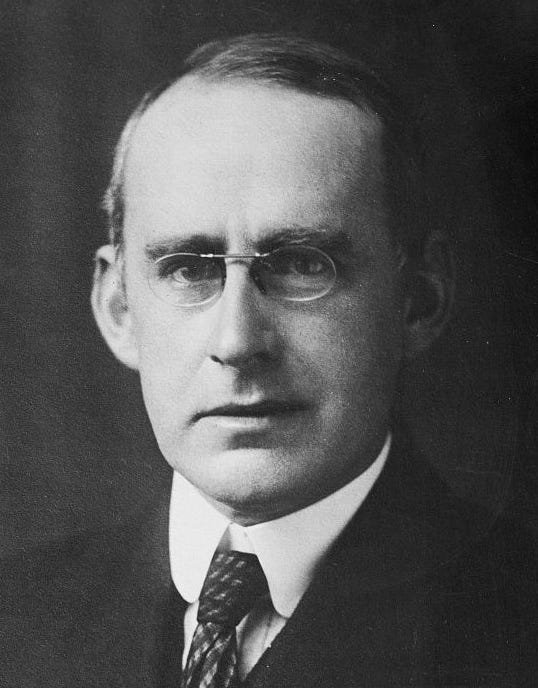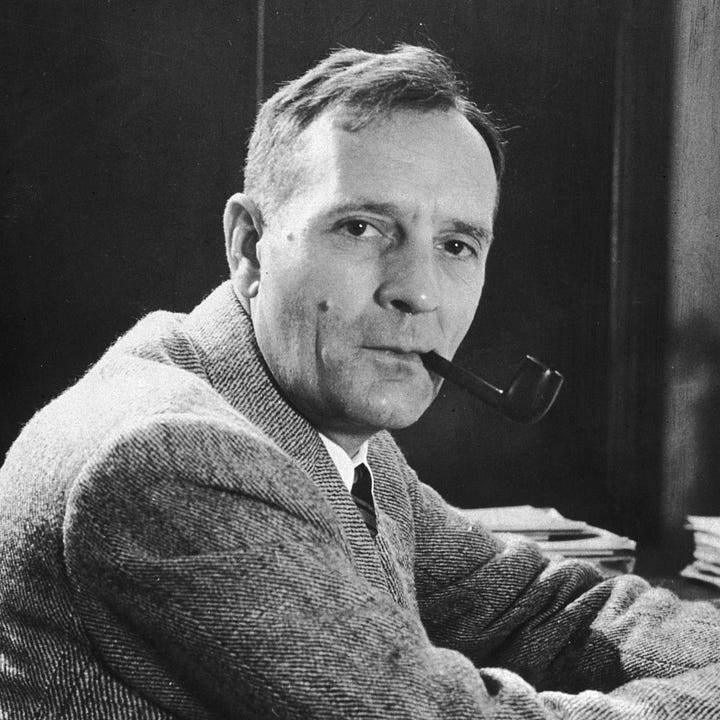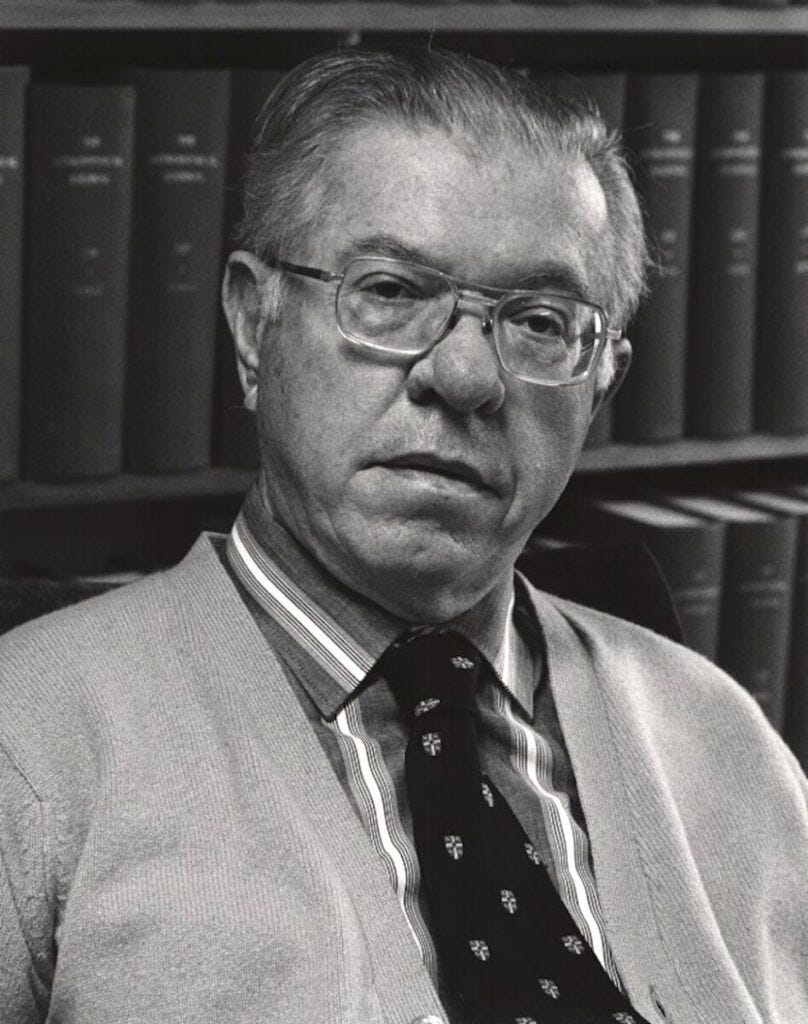How objective are the scientists?
Delve into the paradox of modern cosmology: a clash between scientific inquiry and entrenched beliefs, spotlighting the struggle to consider alternative models in the face of conflicting observations
In a televised interview, Nobel Laureate Subramanian Chandrasekhar narrated the following episode from the post-World War II era. The occasion was the announcement that a large telescope was to be built and sited on Palomar Mountain in southern California. With an aperture of 200 inches (5 meters), twice as large as the largest existing telescope, astronomers expected to improve their knowledge and understanding of the cosmos. A press conference was organized in which two leading astronomers, Edwin Hubble and Arthur Stanley Eddington, outlined what was involved in the project. After listening to the details, the press asked: “What do you expect to find with the proposed telescope?” The astronomers replied: “If we knew the answer to this question, there was no point in building the instrument.”


Scientific temper requires us to have an open mind, as the above scientists said. Ironically, today, when a new scientific project is proposed, the funding agency requires a detailed statement of what the proposer of the project expects to find with it. If the proposer’s ideas do not rhyme with the beliefs of the establishment, the project will not be funded. By this criterion, Copernicus and Galileo would not have succeeded today with their heliocentric theory.
The reason why astronomy and astrophysics have more than their share of controversies compared to laboratory science is that there is a lack of controlled experiments in astronomy. For example, a scientist wishing to test the validity of Ohm’s law can measure potentials and currents under different laboratory conditions. In contrast, an astrophysicist testing the theoretically derived relationship between the mass and luminosity of a star has only one star, the Sun, close enough to enable detailed testing. All other stars are very far and cannot match the detailed study of the Sun.
However, on the positive side, the astronomer has at his disposal a cosmic laboratory containing huge masses, events far more catastrophic than those possible in the terrestrial laboratory, and cosmic rays far more energetic than could be generated in man-made particle accelerators. Indeed, successful applications of laws of physics to astronomical situations have led to a confidence that they are valid far beyond the range testable by a terrestrial laboratory.
This success story has led to the largest of these cosmic adventures, namely the application of our knowledge to understand the structure and evolution of the entire universe. This subject is known as “cosmology”. Hubble was one of the early pioneers whose observations of faint galaxies led to the belief that the universe was expanding. Eddington was one of the early theoreticians whose mathematical modeling based on Einstein’s general theory of relativity led to conjectures about the past and future of the universe.
By now, there are several mathematical models of the universe, of which the most popular are the ‘Big Bang’ models. There is no unique model among these. Different physical parameters identify different versions, but all share the property that the universe ‘came into existence’ a finite time ago with a big explosion, and what we see today are the remnants. The stars and galaxies we see today were formed from the debris. The time elapsed since the Big Bang is approximately 14 billion years. This is reported as the “age” of the universe.

Today, cosmology is the most popular branch of astronomy in terms of public funding, scientific talent, and media involvement. There is, however, a negative side to it. What is often forgotten is that, unlike the laboratory scientist who can control and alter the parameters of his study, the cosmologist has only one universe to look at, and that, too, with himself as part. He, therefore, needs to attach a note of caution that his conclusions are subject to uncertainty.
Today, however, many astronomical findings are reported without the “ifs” and “buts” attached to them. Take, for instance, the statement about the age of the universe. The recent findings by the James Webb Space Telescope suggest that well-formed galaxies existed at a time when the universe was very young. This obvious contradiction should require a rethink of fundamental cosmology. But the establishment belief in the Big Bang models is such that, as has happened in the past, attempts will be made to patch up the age discrepancy by adding an additional assumption.
There have been several such patch-up exercises reminiscent of the “epicycles” introduced by the ancient Greeks to sustain their geocentric theory. Inflation, non-baryonic dark matter, and an accelerating universe are some of these extra assumptions called upon to save the Big Bang model. However, as mentioned at the beginning of this article, any application for funding research on any alternative model is summarily rejected.
Scientific temper requires that if confirmed observations do not agree with a theoretical model, that model should be rejected. In cosmology as practiced today, the (Big Bang) theory is assumed to be right, and conflicting observations are reinterpreted with extra assumptions that have no other justification.


JWST and other telescope raised flag on the following points:
1. Hubble tension
2. Ever increasing redshift observed
3. High redshift and High luminosity
4. Metalicity and carbon evolution
5. Largest galaxy at early universe
6. Milkyway like galaxies and large filaments in early universe
7. unexpected Morphology of galaxy at high and near to us
Hoyle Narlikar theory of gravity resolve all the above observational issues but people belive in standard cosmology. Science is not subject of belive. Observational data should match with prediction .
That's truly a great perspective I gained today after reading this blog, or rather, it boosted my scientific approach. You referred to the "Big Bang Theory" as the most popular theory, not necessarily the most accurate. I believe these crucial points are often overlooked in our university lectures and even in many books.